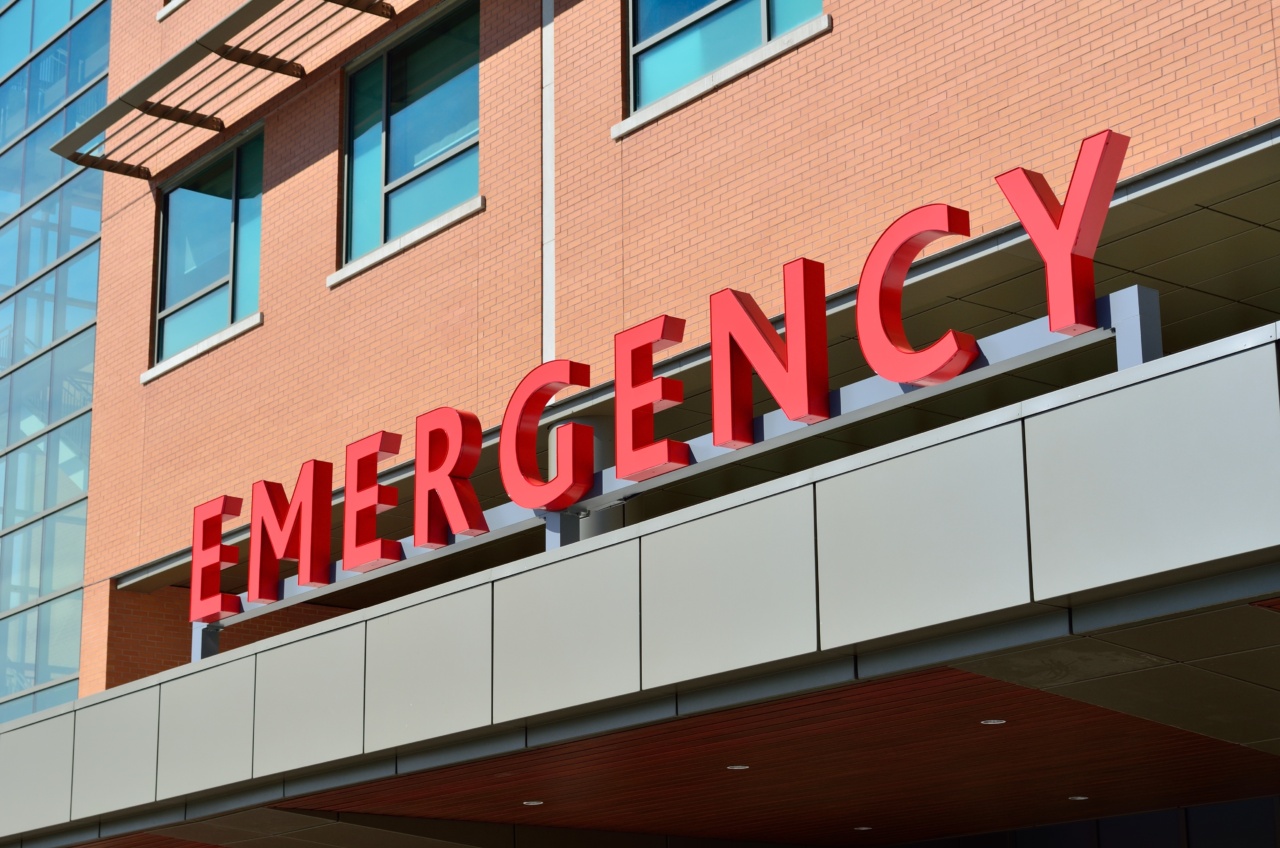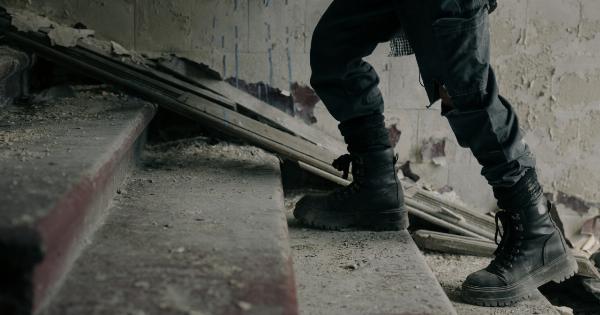Rotting is a condition that occurs when tissues in the body start to breakdown and decay. This can happen for a variety of reasons such as bacterial or fungal infections, poor hygiene, exposure to toxins or chemicals, or underlying health conditions.
Common Signs of Rotting
1. Foul Odor
A foul odor is a common sign of rotting. This can be caused by bacteria or fungi that are breaking down tissue in the body. The odor can be strong and offensive and may be present even after you have washed or cleaned the affected area.
2. Discoloration
Discoloration is another common sign of rotting. This can happen when the tissue is no longer receiving adequate blood flow and starts to turn dark or black.
This can be a sign of gangrene, a potentially life-threatening condition that requires immediate medical attention.
3. Pain or Discomfort
Rotting tissues can cause pain or discomfort, especially when pressure is applied. This may be a sign that the tissue is dying or has already died and needs to be removed.
4. Swelling or Inflammation
Swelling or inflammation can also be a sign of rotting tissue. This can happen when the body tries to fight off an infection or heal damaged tissue.
However, if the swelling or inflammation persists or gets worse, it may be a sign that the tissue is not healing properly and needs medical attention.
5. Drainage or Pus
Drainage or pus may be present in areas where rotting has occurred. This can be a sign of infection or inflammation and may require treatment with antibiotics or other medications.
When to Seek Medical Help
If you notice any of the signs of rotting, it is important to seek medical help right away. Delaying treatment can lead to serious complications and may even be life-threatening.
If you have a wound that is not healing or if you notice any signs of infection such as redness, swelling, or drainage, you should see your healthcare provider immediately.
Other signs that may indicate rotting and the need for medical attention include fever, chills, nausea, vomiting, or confusion. These symptoms may indicate that the rotting has progressed and is causing serious complications.
Treatment for rotting will depend on the cause of the condition. In some cases, antibiotics or other medications may be prescribed to treat infections or inflammation.
In more serious cases, surgery may be required to remove dead or damaged tissue and prevent further complications.
Conclusion
Rotting is a serious condition that requires prompt medical attention. Signs of rotting include foul odor, discoloration, pain or discomfort, swelling or inflammation, and drainage or pus.
If you notice any of these signs, seek medical help right away to prevent complications and ensure a timely recovery.





























